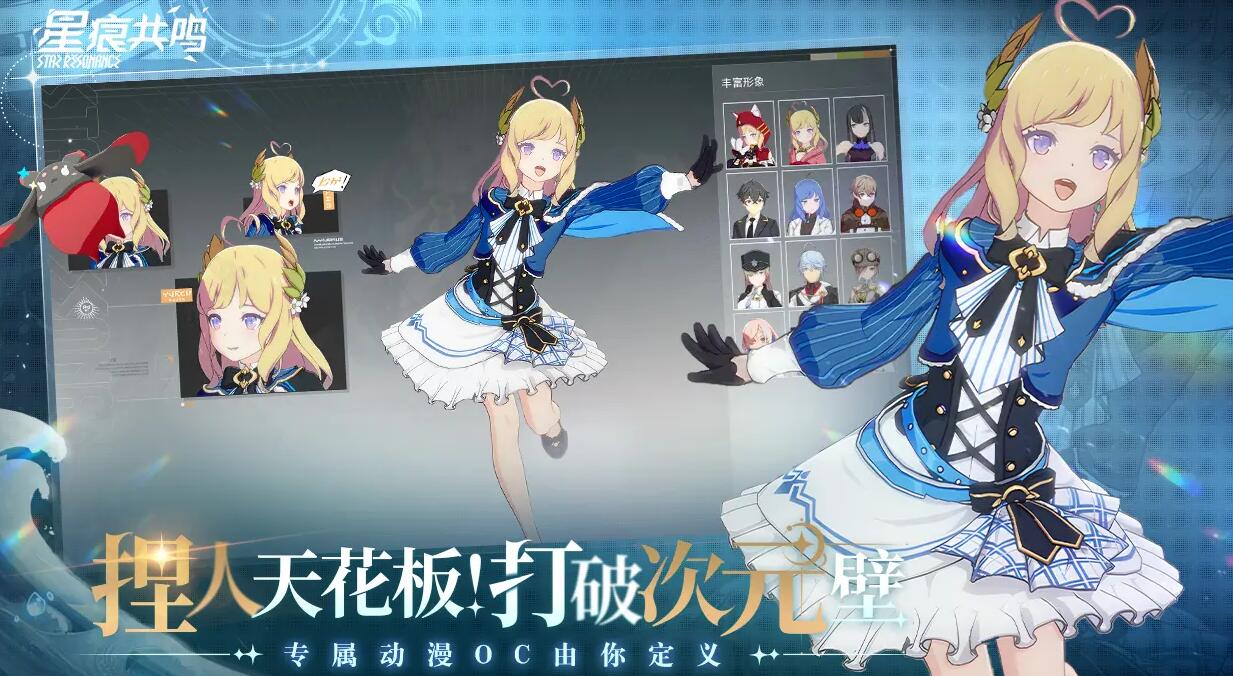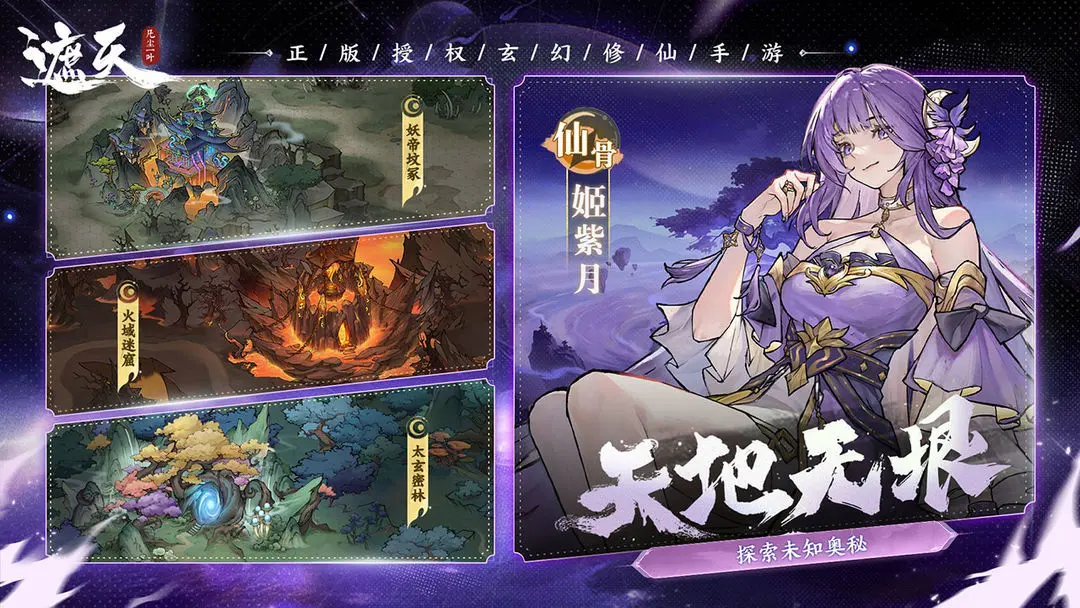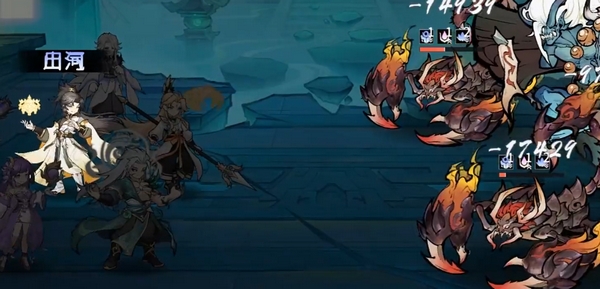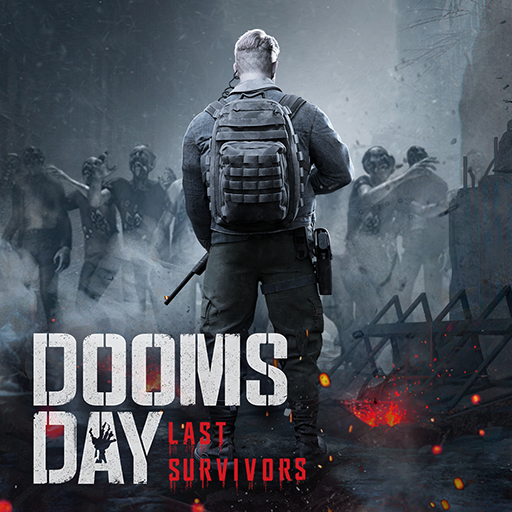What are the differences between Blue Protocol and Stellar Resonance? This is the most direct question many players have when they first encounter these two games. Although they share the same underlying world setting, due to differences in development philosophy, system design, and content focus, they have ultimately evolved into two distinctly different works. In short, Blue Protocol is a Japanese fantasy MMO developed by Bandai Namco, emphasizing lightweight action and anime-style performances; while Stellar Resonance, based on some of the former's materials, is reconstructed by Shanghai Pokola Studio, incorporating hardcore combat and open-world exploration, forming a new work more in line with the habits of domestic players.

The fundamental difference lies in the background and positioning of their development. Blue Protocol was born from the hands of a Japanese team, using traditional swords and magic as its base tone, aiming to create a fresh-looking, easy-to-operate online game. However, due to high repetitiveness in gameplay, server instability, and other issues, it eventually ceased operations with regret. Stellar Resonance then took over its IP, redeveloped by a domestic team using the Unity engine. It was not a simple transplant but retained the world view while comprehensively localizing the gameplay, social, and cultivation systems.

The differences in combat and class systems are the most apparent. The classes in Blue Protocol, such as the Dual-Axe Warrior and Sword and Shield Acolyte, have skills designed to emphasize smooth action, with lower operational thresholds for moves like parrying and counterattacks, power arrows, etc., though some players felt that the hit feedback was insufficient. Stellar Resonance, on the other hand, shifts towards the traditional MMO triangle system of tank, damage dealer, and healer, while enhancing the depth of actions. For example, the Great Blade Guardian must accurately release group shields to block lethal damage, and the Forest Speaker needs to time their healing chains well. Combat incorporates hardcore mechanisms such as invincibility frames during recovery, skill canceling, requiring players to be familiar with monster attack wind-ups and respond flexibly. Dungeon designs also emphasize cooperation, such as needing to coordinate with hot spring geysers to interrupt boss combos or guide energy balls to break defenses in the Dark Blue Abyss, where failure can lead to a wipe.

The complexity of growth and daily gameplay varies significantly. Blue Protocol focuses mainly on dungeon grinding for gear, with a relatively straightforward growth path relying on increasing skill proficiency. Stellar Resonance, however, has built a multi-dimensional growth ecosystem, featuring deep systems like equipment stat reshaping and attribute refinement, which test players' resource planning abilities. Daily activities like Freight Pioneer and weekly events like Association Hunts, combined with highly free leisure content such as fishing and character customization, form a battle-social-life loop. Its dynamic event mechanism also encourages players to explore environmental interactions, further enriching the gaming experience.

The answer to what distinguishes Blue Protocol from Stellar Resonance ultimately points to the difference in their target audiences. The former is suitable for casual players who enjoy Japanese anime style and seek easy-to-handle gameplay; the latter attracts users looking for in-depth gameplay through strategic cultivation, hardcore combat, and strong social engagement.


















